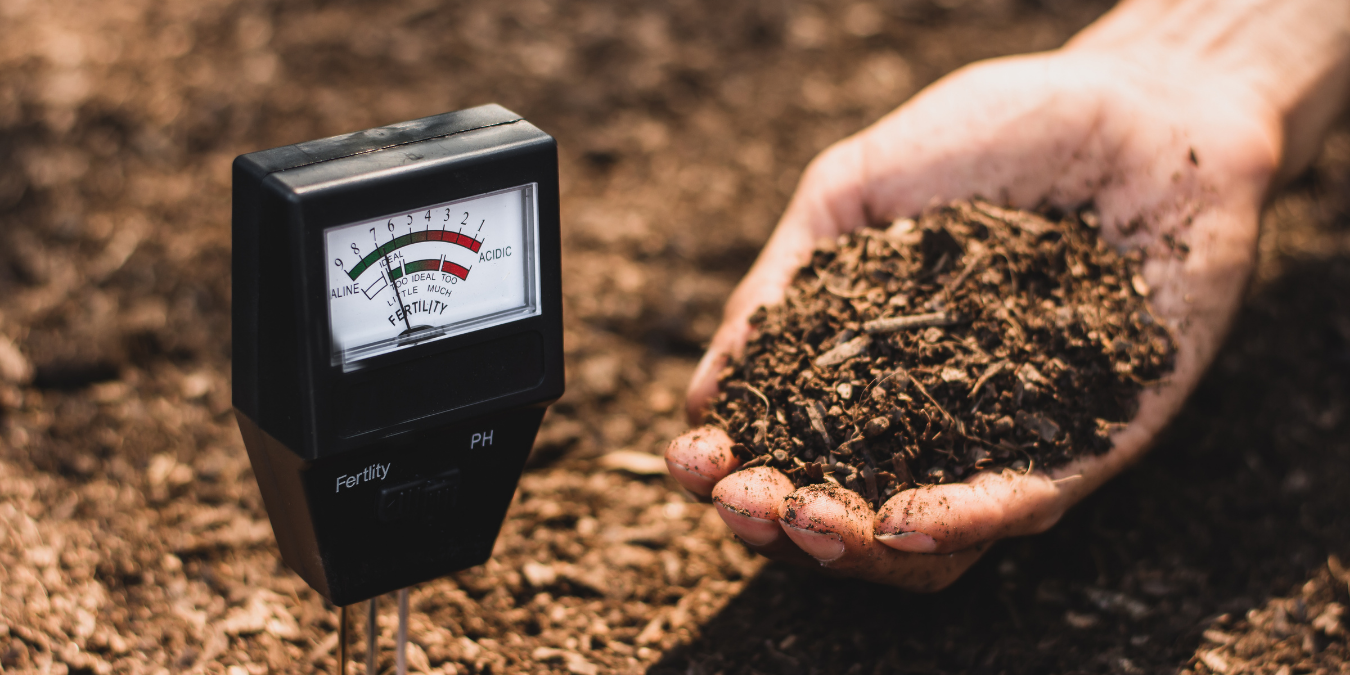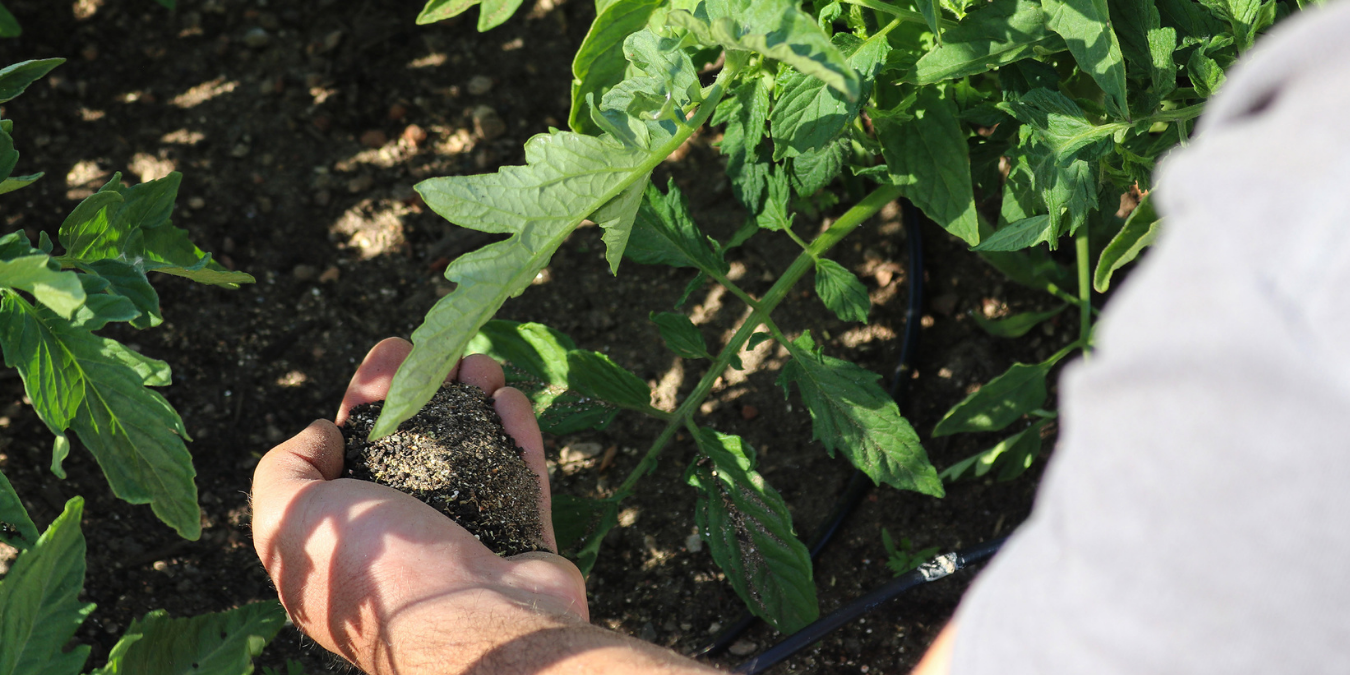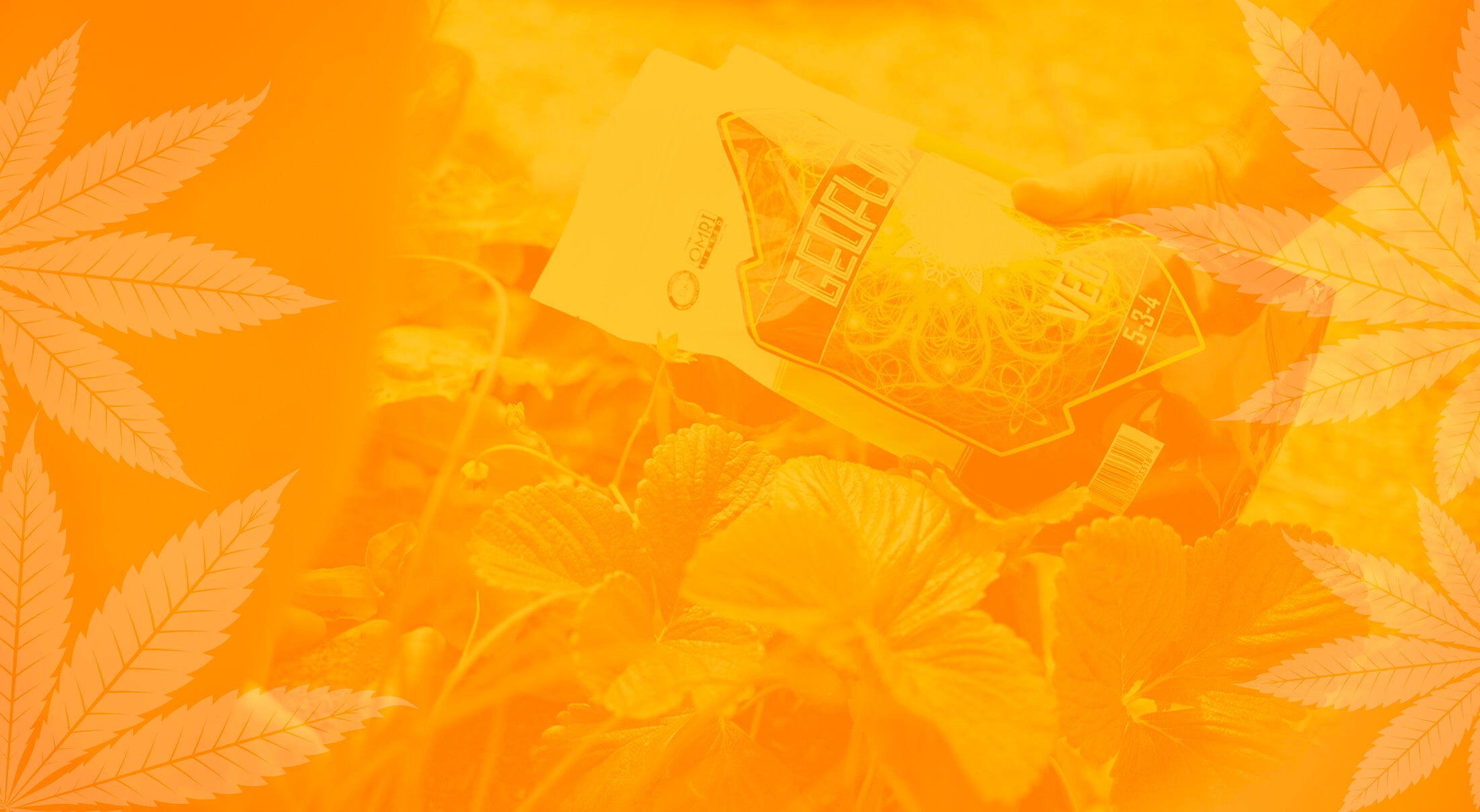Let’s face it: it’s easy to make mistakes, especially when growing cannabis. This plant, in particular, is a finicky crop, and there are a lot of things that can go wrong between germination and harvest. We’re here to help you avoid as many mistakes as possible so you can enjoy a successful grow.
Take a look at our list of common cultivation mistakes and how to avoid them so you can maximize your harvest!
Poor pH Management
Let’s start with something that growers of all skill levels need to be aware of: pH. Water pH levels vary based on the contents, from acidic to alkaline, and knowing the proper range for your plants can mean the difference between a thriving crop and a disappointing failure. pH levels have a direct effect on your plants’ ability to absorb nutrients. This means that if your pH is off, your plant could look like it has a nutrient deficiency even if there are plenty of nutes available.
So how do you avoid the pitfalls of a maladjusted pH? Get yourself a tester kit so that you can accurately check the pH of your water supply. For hydroponic growers, pH should be between 5.5 and 6.5, while plants in soil prefer somewhere between 6 and 7. Geoflora has a wide pH range of anywhere between 4.8 and 7.5.
What if your pH is too high or too low? No worries. Commercial solutions are available to adjust your pH up or down, while natural methods include adding sulfur or phosphoric acid to lower your pH and lime or wood ash to increase it. Just be sure to add in a little bit at a time and retest after each adjustment--there’s nothing worse than trying to fix your pH only to find that you’ve overadjusted and you need to start over!
Overfeeding
Another common beginner grower mistake is overfeeding. With traditional fertilizers, it’s easy to overfeed your cannabis and cause nutrient burn, even to the point of killing your plants. Nitrogen is a nutrient that is especially easy to overload your crop with, so take care to start your plants off slow and adjust the dose based on the plant’s individual needs.
It’s easy to tell if a plant is over or under-fed. Plants that have had too much will start getting crispy and brown on the edges of the leaves and even lose leaves and stems due to damage. On the flip side, hungry plants will look pale, stunted, and droopy. It’s essential to strike a balance when feeding to ensure your crop thrives--make sure your plants are getting enough to keep them deep green, perky, and growing strong without burning.
Want to avoid overfeeding? Try using organic fertilizer. These break down over time, avoiding the problem of nutrient burn compared to traditional liquid fertilizers that are available to the plant all at once. Geoflora’s balanced array of nutrients and beneficial bacteria avoids nutrient burn while also ensuring that there are nutrients readily available for your plants over time, so they don’t go hungry.
Overwatering
Overwatering is another mistake that new growers make. While it may seem like a good idea to make sure your plants have a ready supply of water at all times, keeping your growing media constantly wet can result in serious problems, including root rot.
It’s easy to tell if you’ve been overwatering: your plants will start looking yellow and limp, and the growth media won’t dry out thoroughly. Your soil should not be overly wet or drip excessively when squeezed. If it does, be sure to adjust your watering schedule to match your plant’s needs.
There are a few ways to check in with your plant to ensure you don’t overwater. You can wait until the leaves start to wilt just slightly to show that your plant is thirsty, or you can determine whether the soil is ready by sticking your finger into the media. If the soil is dry to your first knuckle, it’s time to water!
Poor Lighting
Cannabis plants need a lot of light to grow properly and can’t be plunked down just anywhere and expected to thrive. Many types of cannabis plants are autoflowers, which means that they don’t need a specific light cycle to flip to flower, but some plants require a specific ratio of light to dark to make it to harvest, so lighting can have huge impacts on overall yields and plant quality.
There are a few ways to tell if your plants don’t have enough light. For non-autos, a failure to flip to the flowering phase or a plant reverting back to veg can indicate that the lighting is wrong, while all plants can start to stretch too far in search of more light and leave a lot of space between nodes. If your plant looks pale, is stretching too tall, or just looks spindly, you may have a lighting problem.
Keep your plants happy by researching the light cycle your strain needs to make it to harvest. If you’re growing outside, be sure to pick a spot that gets adequate sunlight for the right amount of time per day and plant in the right season--don’t be afraid to experiment with small changes to get the best results! For indoor plants, you will probably need to purchase a grow light, so be sure to research which ones will work for you and your crop.
Harvesting at the Wrong Time
It’s important to time your harvest to ensure that you’re getting the best product. With cannabis, harvesting at the wrong moment can mean a considerable difference in potency, flavor, and aroma, leading to a disappointing crop.
To ensure you’re harvesting at the right moment, pull out your magnifying loupe and take a look at your big, beautiful buds. You want to look for your trichomes to start to appear cloudy and amber in color, and for your pistils to shift from white to orange. When upwards of 70% of the pistils have changed color and all your trichomes are cloudy, your buds should be ready for you!
Make No Mistake
Growing cannabis can be complicated, but we hope this list of potential mistakes and how to avoid them helps you feel prepared to tackle your grow. Be sure to check out our blog for more growing tips!




